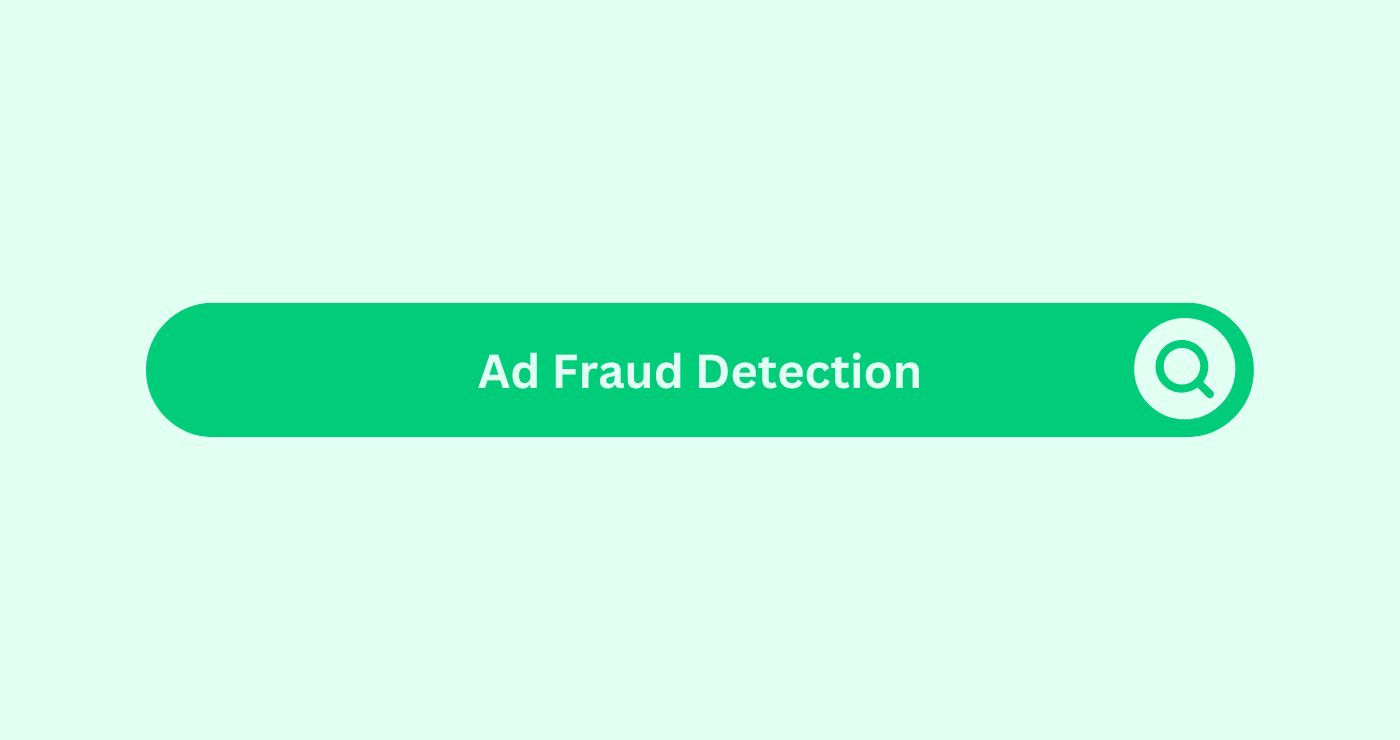Definition
Ad Fraud DetectionDefinition Fraud Detection in AI Terms in Content Marketing ... refers to the process of identifying and preventing deceptive practices in online advertising. Where fake clicks, impressionsDefinition Impressions track campaign effectiveness for digi..., or conversions are generated to waste advertiser budgets or mislead campaignDefinition An SEO campaign involves focused, Organised effor... results. It protects ad spend and ensures marketers get real value, not botsDefinition Bots, or robots in SEO, are automated software th... or manipulated trafficDefinition In the context of SEO (Search Engine Optimisation....
Fraud can take many forms. Like click farms, botsDefinition Bots, or robots in SEO, are automated software th... mimicking human behaviour, pixel stuffing, domain spoofingDefinition In email marketing, spoofing refers to the decept..., and even fake app installs. That’s where AI steps in. Through machine learning, anomaly detectionDefinition Anomaly Detection in AI Terms in Content Marketin..., and pattern analysis. AI-based ad fraud systems track abnormal behaviour in real time and flag suspicious activity before budgets take a hit.
For a performance marketing agency, implementing AI-driven ad fraud detectionDefinition Fraud Detection in AI Terms in Content Marketing ... is crucial to maintaining campaignDefinition An SEO campaign involves focused, Organised effor... integrity. Especially when working with programmatic ads or multiple media partners. Fraudulent clicks don’t just waste money. They distort insights, leading to poor strategic decisions.
Even an SEO company can benefit. Though SEO is organic, hybrid campaigns often involve paid placements. Like sponsored content or link outreach. Fraudulent clicks on these assets can skew engagementDefinition Engagement in content marketing refers to the deg... metricsWhat are Metrics in the context of SEO? Metrics in SEO refer... and reduce trust in analyticsDefinition In SEO, analytics involves collecting, measuring,... reports. Meanwhile, a digital marketing Auckland firm using cross-channelDefinition Cross-channel in social media marketing refers to... campaigns must ensure every dollar is protected from bot-driven manipulation. Real engagementDefinition Engagement in content marketing refers to the deg... should equal real users.
In short, ad fraud detectionDefinition Fraud Detection in AI Terms in Content Marketing ... ensures that content and budgetDefinition SEO budget is the money allocated for marketing a... reach real people—not scripts, spoofed browsers, or automated crawlers—keeping marketing efforts accountable, ethical, and effective.
Imagine a digital marketing Auckland firm running YouTube and display ads for a travel brand. The brand sees a spike in conversions overnight—but bounce rates are 100%, and no one’s completing bookings. AI-powered ad fraud detectionDefinition Fraud Detection in AI Terms in Content Marketing ... quickly spots that the conversions came from a single IP block using fake devices and scripted behaviours.
A performance marketing agency can use this data to pause that ad groupDefinition An SEO Ad Group contains related ads with similar..., blacklist fraudulent domains, and redirect the budgetDefinition SEO budget is the money allocated for marketing a... to high-quality placements. Even in content campaigns, where engagementDefinition Engagement in content marketing refers to the deg... matters more than clicks, ad fraud skews time-on-page and leads marketers to back the wrong creative.
Ad fraud detectionDefinition Fraud Detection in AI Terms in Content Marketing ... tools not only clean up traffic—they refine content targeting, improve attribution accuracy, and safeguard ROASROAS is short for return on ad spend. App marketers use this... (Return on Ad Spend). AI turns detection from a reactive task into a proactive protection layer.
Simplified Table
| Stage | AI Technique Used | Fraud Behaviour Flagged | Action Taken |
|---|---|---|---|
| Click Patterning | Anomaly DetectionDefinition Anomaly Detection in AI Terms in Content Marketin... | Repeated clicks from one IP/device | Block or filterDefinition Filter in Social Media Marketing involves narrowi... |
| Behaviour Mapping | Predictive Modelling | Non-human scroll or dwell behaviour | Tag as invalid engagementDefinition Engagement in content marketing refers to the deg... |
| TrafficDefinition In the context of SEO (Search Engine Optimisation... Source | Domain Verification | TrafficDefinition In the context of SEO (Search Engine Optimisation... from spoofed or suspicious sites | Blacklist domain |
| Device Tracking | Fingerprint Matching | Emulated devices or headless browsers | Disable attribution |
| Geo Analysis | Geo-IP Validation | Fake locations or mismatched regions | Flag and report |
Key Takeaways
- Ad fraud detectionDefinition Fraud Detection in AI Terms in Content Marketing ... ensures ad spend targets real users, not fake trafficDefinition In the context of SEO (Search Engine Optimisation... or botsDefinition Bots, or robots in SEO, are automated software th....
- AI tools spot abnormal patterns in real-time to prevent performance distortion.
- Performance agencies rely on it to protect campaignDefinition An SEO campaign involves focused, Organised effor... ROI across all ad networks.
- Even SEO campaigns using sponsored posts benefit from clean, authentic trafficDefinition In the context of SEO (Search Engine Optimisation....
- Digital marketing teams gain clearer attribution and higher content accuracy.




